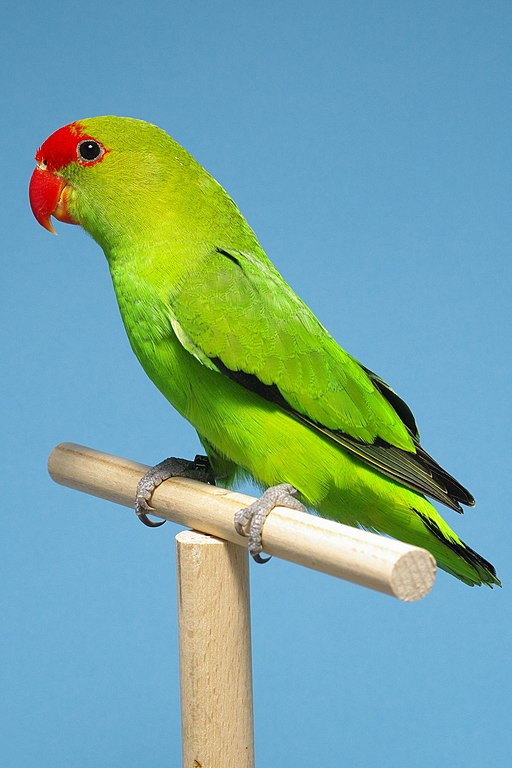Superregnum: Eukaryota
Cladus: Unikonta
Cladus: Opisthokonta
Cladus: Holozoa
Regnum: Animalia
Subregnum: Eumetazoa
Cladus: Bilateria
Cladus: Nephrozoa
Superphylum: Deuterostomia
Phylum: Chordata
Subphylum: Vertebrata
Infraphylum: Gnathostomata
Megaclassis: Osteichthyes
Cladus: Sarcopterygii
Cladus: Rhipidistia
Cladus: Tetrapodomorpha
Cladus: Eotetrapodiformes
Cladus: Elpistostegalia
Superclassis: Tetrapoda
Cladus: Reptiliomorpha
Cladus: Amniota
Classis: Reptilia
Cladus: Eureptilia
Cladus: Romeriida
Subclassis: Diapsida
Cladus: Sauria
Infraclassis: Archosauromorpha
Cladus: Crurotarsi
Divisio: Archosauria
Cladus: Avemetatarsalia
Cladus: Ornithodira
Subtaxon: Dinosauromorpha
Cladus: Dinosauriformes
Cladus: Dracohors
Cladus: Dinosauria
Ordo: Saurischia
Cladus: Eusaurischia
Subordo: Theropoda
Cladus: Neotheropoda
Cladus: Averostra
Cladus: Tetanurae
Cladus: Avetheropoda
Cladus: Coelurosauria
Cladus: Tyrannoraptora
Cladus: Maniraptoromorpha
Cladus: Maniraptoriformes
Cladus: Maniraptora
Cladus: Pennaraptora
Cladus: Paraves
Cladus: Eumaniraptora
Cladus: Avialae
Infraclassis: Aves
Cladus: Euavialae
Cladus: Avebrevicauda
Cladus: Pygostylia
Cladus: Ornithothoraces
Cladus: Ornithuromorpha
Cladus: Carinatae
Parvclassis: Neornithes
Cohors: Neognathae
Cladus: Neoaves
Cladus: Telluraves
Cladus: Australaves
Ordo: Psittaciformes
Familia: Psittaculidae
Subfamilia: Agapornithinae
Genus: Agapornis
Species: Agapornis taranta
Name
Agapornis taranta (Stanley, 1814)
Vernacular names
Deutsch: Tarantapapagei
English: Black-winged Lovebird
suomi: Isokaijanen
français: Inséparable d'Abyssinie
magyar: Hegyi törpepapagáj
中文(简体): 黑翅牡丹鹦鹉
The black-winged lovebird (Agapornis taranta) also known as Abyssinian lovebird is a mainly green bird of the parrot family. At about 16.5 cm (6.5 inches) long, it is the largest of the lovebird genus, a group of small parrots. The adult male is easily identified by its red forehead, and the adult female by its all green head.[2] They are native to Eritrea and Ethiopia,[1] and they are uncommon as pets.[3]
Description
Male in Bahir Dar, Ethiopia
The black-winged lovebird, with a length of about 16[3]–16.5[2] cm (6.25–6.5 inches), is the largest of all the lovebirds. It is sexually dimorphic, as are the red-headed lovebird and grey-headed lovebird of the lovebird genus. The dimorphism becomes apparent in juvenile birds after their first molt at about eight or nine months of age. Both the male and female black-winged lovebird are mostly green, and only the adult male black-winged lovebird has a red forehead and a ring of red feathers around its eyes.[2]
The tail is black tipped and feathers below the tail show a yellowish colour. The rump and feathers above the tail are light green. In the male feathers under the wing are typically black, and in the female the feathers under the wing are typically greenish or brownish black. Both sexes have a red beak and gray feet.
Habitat
The natural habitat for a black-winged lovebird is typically from southern Eritrea to southwestern Ethiopia and they normally live in either high plains or mountainous regions.[4]
Behavior
Male at San Diego Zoo, USA
Female in Ethiopia
Food and feeding
Sunflower seeds, corn, apples and mission figs are typical of an Abyssinian lovebird diet.
Breeding
The black-winged lovebird nests in a tree cavity. The eggs are white and there are usually three or four eggs in a clutch. The female incubates the eggs for 23 days, and the chicks fledge from the nest about 45 days after hatching.[3]
Status
Widespread and a common species throughout its habitat range, the black-winged lovebird is evaluated as Least Concern on the IUCN Red List of Threatened Species.[1]
Aviculture
In aviculture the black-winged lovebird has not become well established as a breeding bird, although it can tolerate cold weather. Breeding in aviculture is on a small scale, so it is an uncommon pet.[3]
Taxonomy
A holotype of Psittacus Taranta Stanley (Salt's Voy. to Abyssinia, 1814, App IV, p.lii(=52)), an adult male, is held in the vertebrate zoology collection of National Museums Liverpool at World Museum, with accession number NML-VZ D704. The specimen was collected in Taranta Pass, Acchele Guzai District, Eritrea in 1809-10 by Henry Salt. The specimen came to the Liverpool national collection via the 13th Earl of Derby’s collection which was bequeathed to the people of Liverpool in 1851. [5]
References
BirdLife International (2016). "Agapornis taranta". IUCN Red List of Threatened Species. 2016: e.T22685334A93068609. doi:10.2305/IUCN.UK.2016-3.RLTS.T22685334A93068609.en. Retrieved 11 November 2021.
Le Breton, Kenny (1992). Lovebirds...getting started. USA: T.F.H. Publications. pp. 88–89. ISBN 0-86622-411-4.
Alderton, David (2003). The Ultimate Encyclopedia of Caged and Aviary Birds. London, England: Hermes House. p. 219. ISBN 1-84309-164-X.
Aerts, R.; Lerouge, F.; November, E. (2019). Birds of forests and open woodlands in the highlands of Dogu'a Tembien. In: Nyssen J., Jacob, M., Frankl, A. (Eds.). Geo-trekking in Ethiopia's Tropical Mountains - The Dogu'a Tembien District. SpringerNature. ISBN 978-3-030-04954-6.
R. Wagstaffe (1978-12-01). Type Specimens of Birds in the Merseyside County Museums (formerly City of Liverpool Museums).
"Species factsheet: Agapornis taranta". BirdLife International (2008). Retrieved 9 July 2008.
Retrieved from "http://en.wikipedia.org/"
All text is available under the terms of the GNU Free Documentation License


